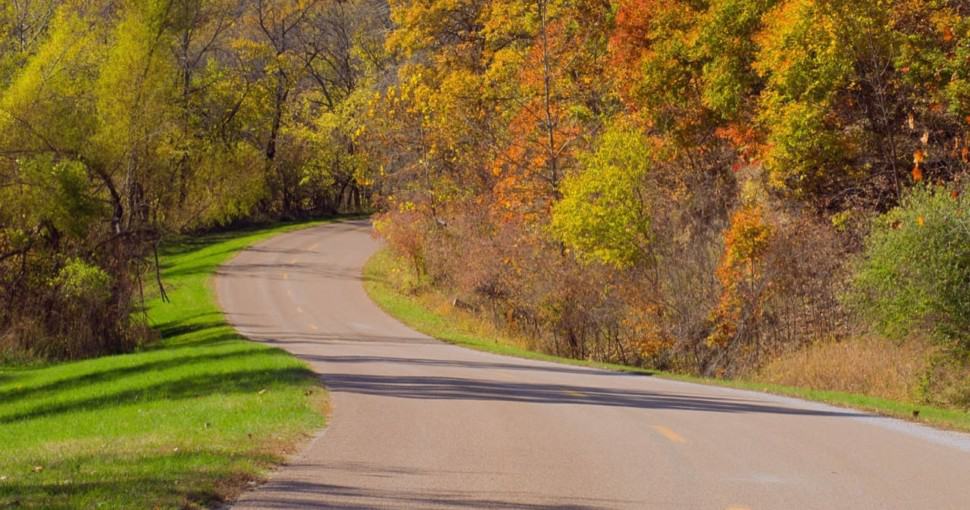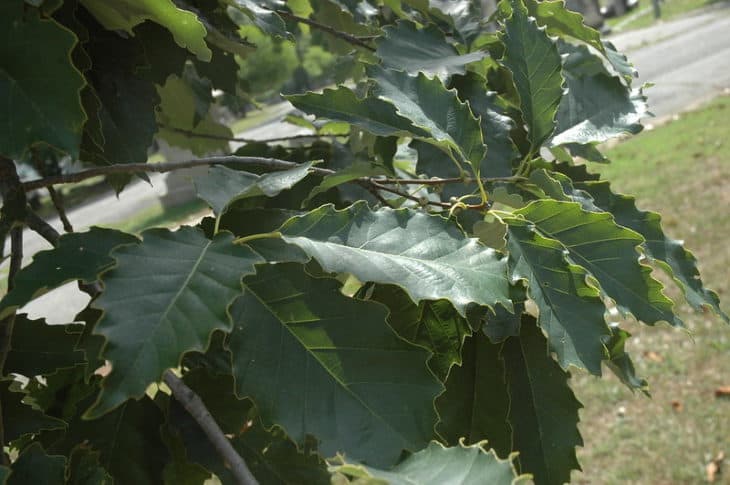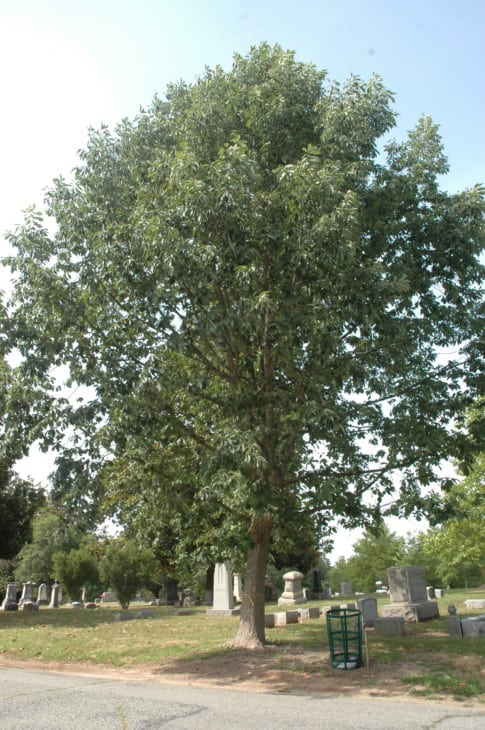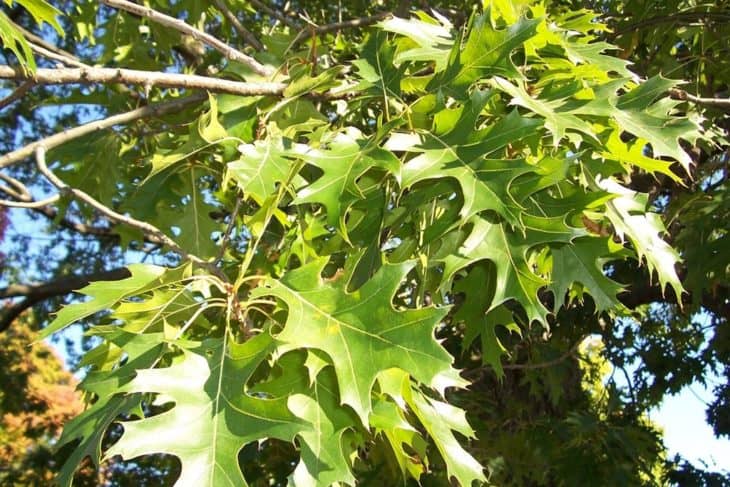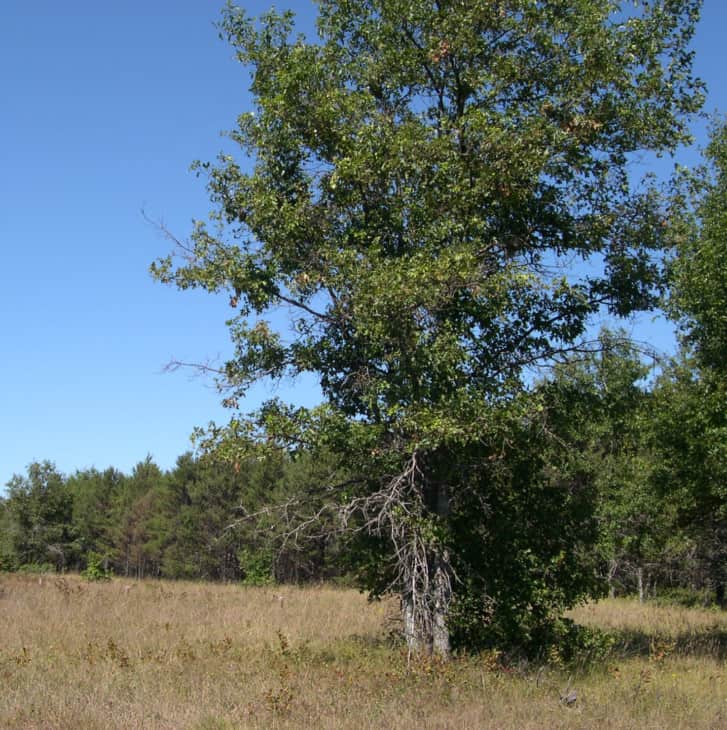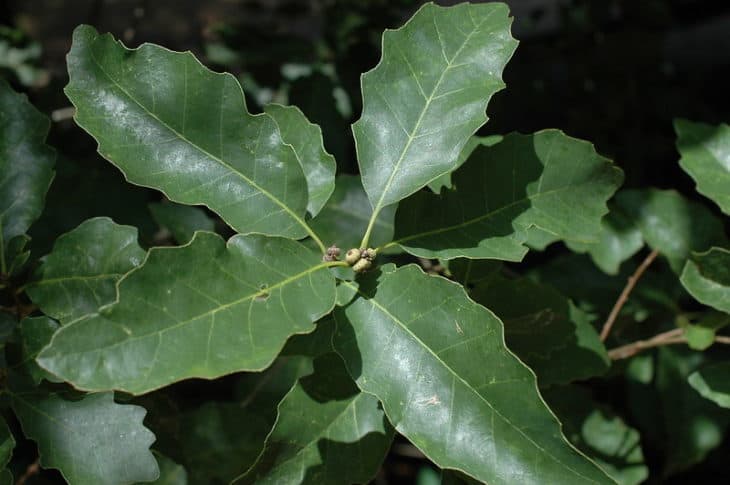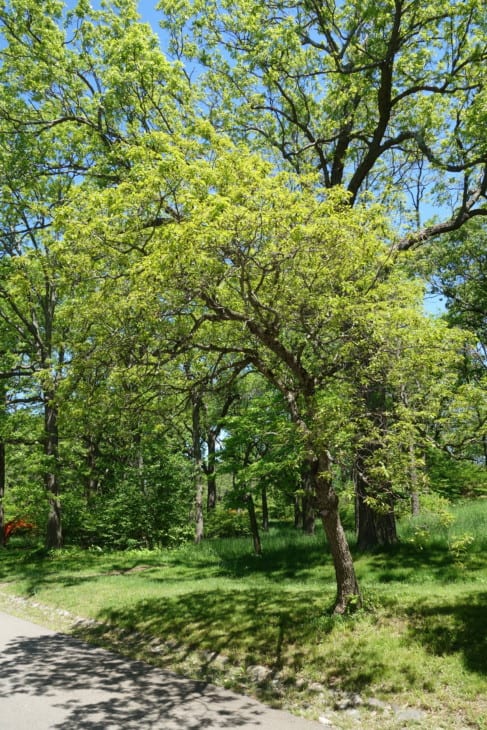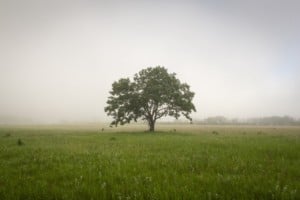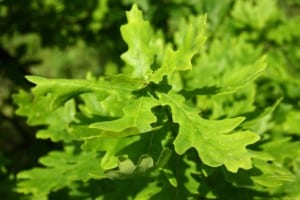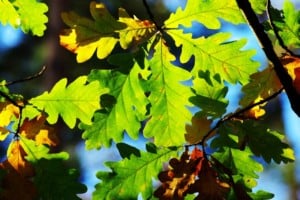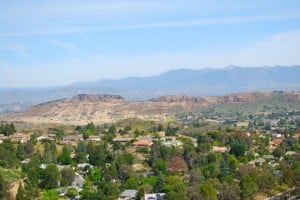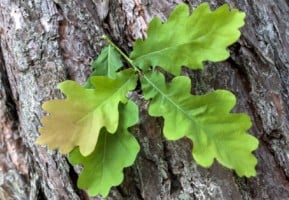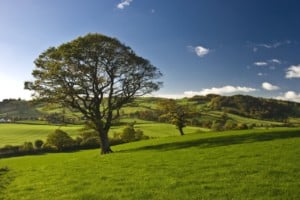Oak Trees are hardwood trees that are exceptionally popular in the timber industry. The wood from these durable trees is used to make numerous wooden objects, including furniture, planks, floors, baskets, musical instruments, and more. The trees also produce tan or copper-brown hued acorns. If you want to grow them in your garden, read on to discover the types of Oak Trees in Nebraska.
Contents
Oaks belong to the Quercus genus. These trees are typically tall and can feature deciduous or evergreen foliage. Some varieties also grow as shrubs. Most species of Oak Trees produce wildlife-attracting pomes, non-showy spring blooms, and variable foliage with brown, red, yellow, or purple fall colors. These trees are quite robust and can easily last up to 200 years. In some cases, Oak Trees can also live up to 300 years.
Nebraska grows a wide array of hardwood trees, including Green Ash, Hackberry, Red Mulberry, and Bur Oak Trees that cover about 30% of all live trees in the state. The diverse natural growth is thanks to the state’s equally diverse landscape. From the Sandhills and the Platte River Valley to the Salt Creek salt marches and the Loess Canyons to the Wildcat Hills, Nebraska’s landscape is striking and unique.
Moreover, the state has a typical Midwestern climate, which essentially means that it experiences four distinct seasons, with hot and humid summers and exceptionally cold, snowy winters. If you want to grow Oak Trees in your garden in Nebraska, make sure to plant the trees in full sun and free-draining, moist, fertile soils. Depending on the variety, your Oak might turn into a thicket-forming shrub or a tall, stately tree.
Here are some popular types of Oak Trees in Nebraska:
1. Chinkapin Oak (Quercus Muehlenbergii)
Native to New England to northeastern Mexico, Chinkapin Oak is an ornamental, deciduous tree decked with green, crease-edged, shiny, narrow, and oblong to lanceolate leaves that turn yellow and brown in autumn. This tree has a mature height of 40 to 60 feet. Its globular, open crown is decorated with non-showy, greenish-yellow, monoecious blossoms in spring. The flowers give way to oval acorns with scaly cups. Chinkapin Oak grows well in fertile, free-draining, moist loams and sunlit spaces.
2. Northern Pin Oak (Quercus Ellipsoidalis)
Native to Northern America, Northern Pin Oak is a medium to tall shade tree that grows easily in acidic, medium moist, free-draining soils in full sun. This deciduous tree has a cylindrical shape and a rounded crown decked with elliptic, bristle-tipped, lobed, deeply incised, dark green leaves that turn non-showy russet red in fall. Northern Pin Oak has monoecious spring blooms and elliptic acorns with saucer-shaped cups. This tree has narrower and longer acorns than the acorns of Pin Oak.
3. Shingle Oak (Quercus Imbricaria)
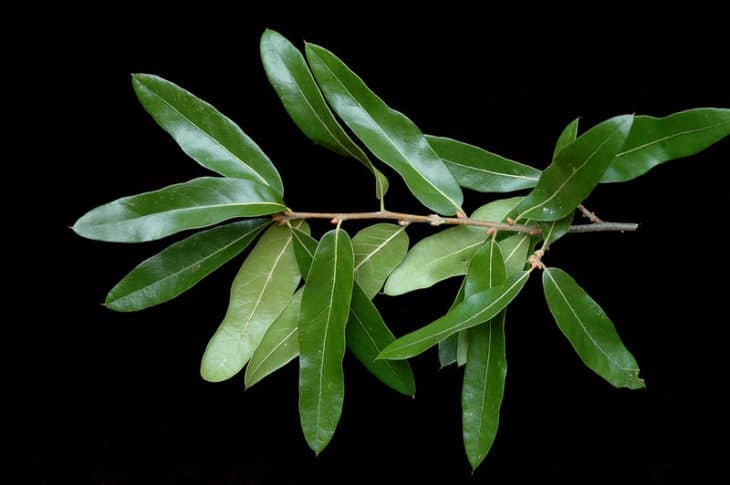
Native to eastern and central United States, Shingle Oak is a 50 to 60 feet tall, deciduous tree with a pyramidal to rounded crown. It yields rounded acorns with scaly cups and non-showy, yellowish-green, monoecious spring blossoms that grow in individual female and male catkins. Shingle Oak has smooth-edged, narrow, glossy, dark green, deciduous, oblong leaves with hairy undersides. Its leaves turn brown-red to brown-yellow in autumn. Grow this tree in humusy, medium moist, free-draining, fertile soil in full sun.
4. Blackjack Oak (Quercus Marilandica)
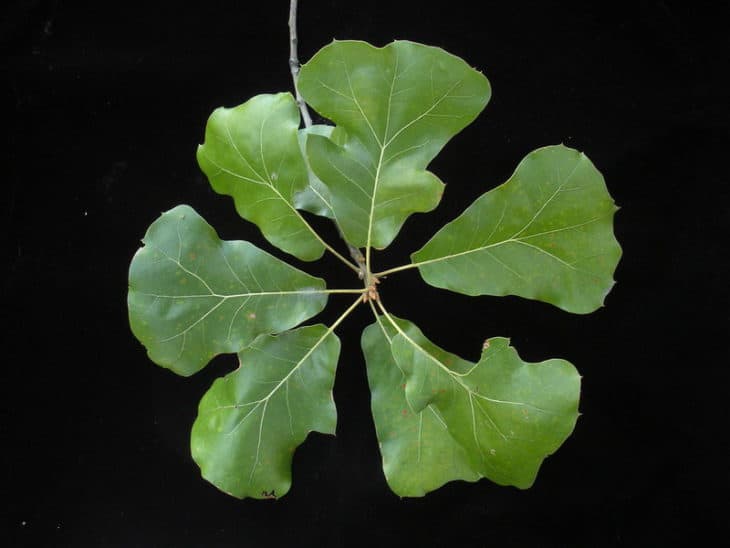
Native to the United States, Blackjack Oak is an ornamental, deciduous tree with a scruffy, irregular crown. This 20 to 40 feet tall tree produces insignificant spring flowers that give way to oblong, copper-brown acorns. It has leathery, dark green, obovate, bristle-tipped, and lobed, blackjack-type leaves with hairy, rusty undersides. This tree has brownish-yellow fall foliage. Blackjack Oak thrives in a sun-kissed location in free-draining, acidic, dry to medium soils.
5. Dwarf Chinkapin Oak (Quercus Prinoides)
Dwarf Chinkapin Oak is a small tree with a mature height of 20 feet or shrub with a mature height of 2 to 12 feet. It has a rather short and narrow trunk that meets an irregular or ovoid crown decked with ovate, obovate, or broadly elliptic, pinnate, lobed, yellowish-green to green leaves with grayish-green, hairy undersides. This tree also grows monoecious flowers that give way to ovoid, tan-hued acorns. It thrives in full sun and sandy or loamy soils.
6. Bur Oak (Quercus Macrocarpa)
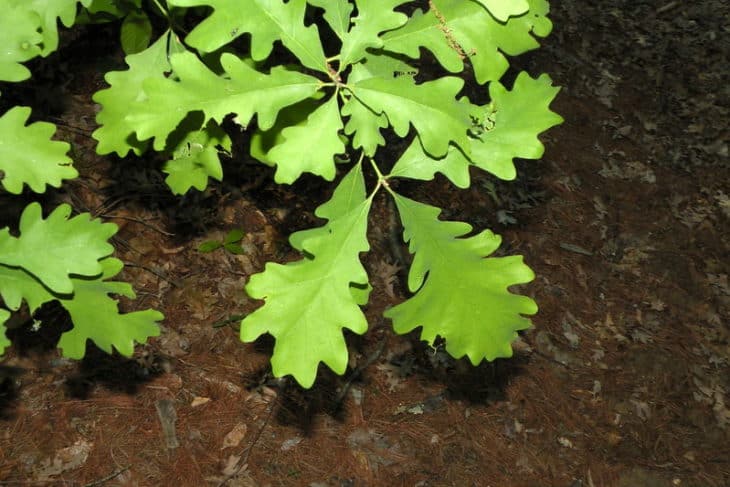
Native to the eastern United States, Bur Oak is a stately, tall tree. Also known as Mossy-Cup Oak Tree, this deciduous ornamental has a rounded, broad-spreading crown. It features insignificant, greenish-yellow blooms that grow in individual catkins. The flowers give way to rounded or oval acorns with mossy, scaly, fringed cups. Bur Oak has leathery, lobed, dark green leaves that display a yellowish-brown hue in autumn. This tree grows well in moist, free-draining soil in sunlit areas.
7. Red Oak (Quercus Rubra)
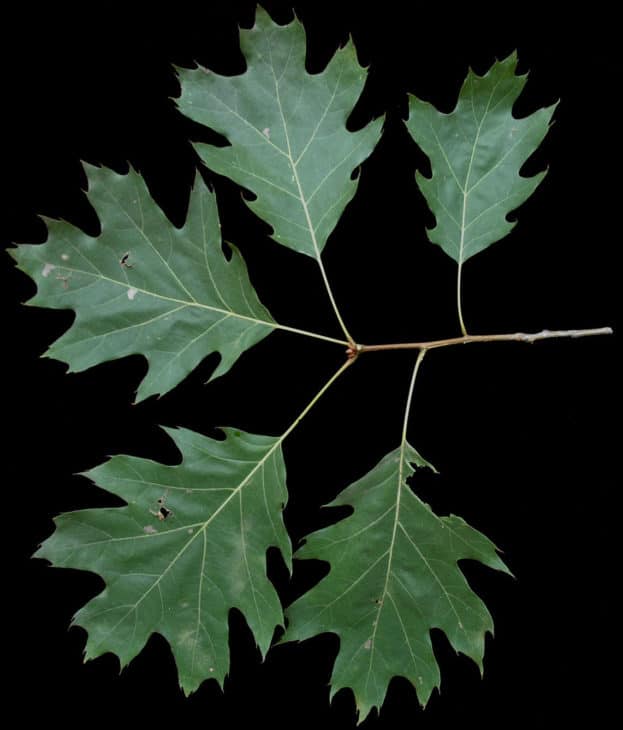
Red Oak is native to North America. It has deciduous foliage and an impressive mature height of 75 feet. This ornamental tree has an irregular, broad-spreading crown. Red Oak is decked with dark green, lobed, sharp-edged, lustrous leaves that turn brownish-red in autumn. It yields monoecious, non-showy spring blooms. The flowers give way to round pomes with saucer-shaped, flat cups. This durable ornamental grows well in medium moist, fertile, free-draining, acidic soils in full sun.
8. White Oak (Quercus Alba)
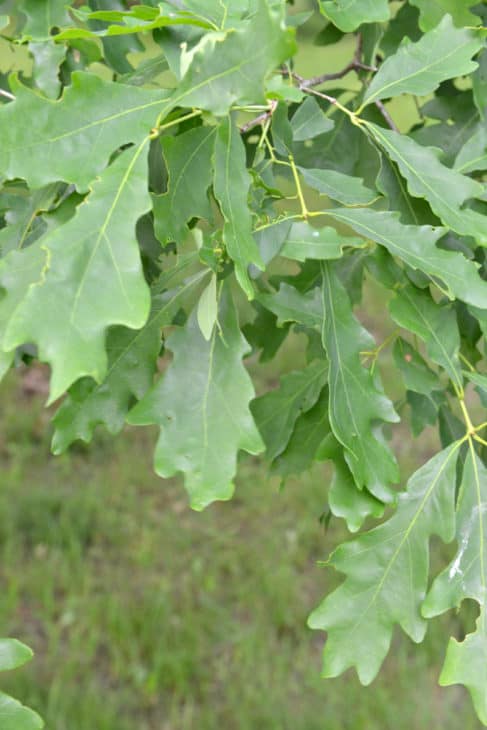
White Oak is native to the eastern United States. It has a rounded or pyramidal crown. This deciduous tree is adorned with lobed, dark green leaves that develop deep red and brown hues in autumn. This ornamental specimen has a mature height of 50 to 80 feet. White Oak also produces insignificant, yellowish-green spring blooms followed by wart-scaled, cupped, oval acorns. Plant your tree in free-draining, fertile, moist soil in a sun-kissed area.

